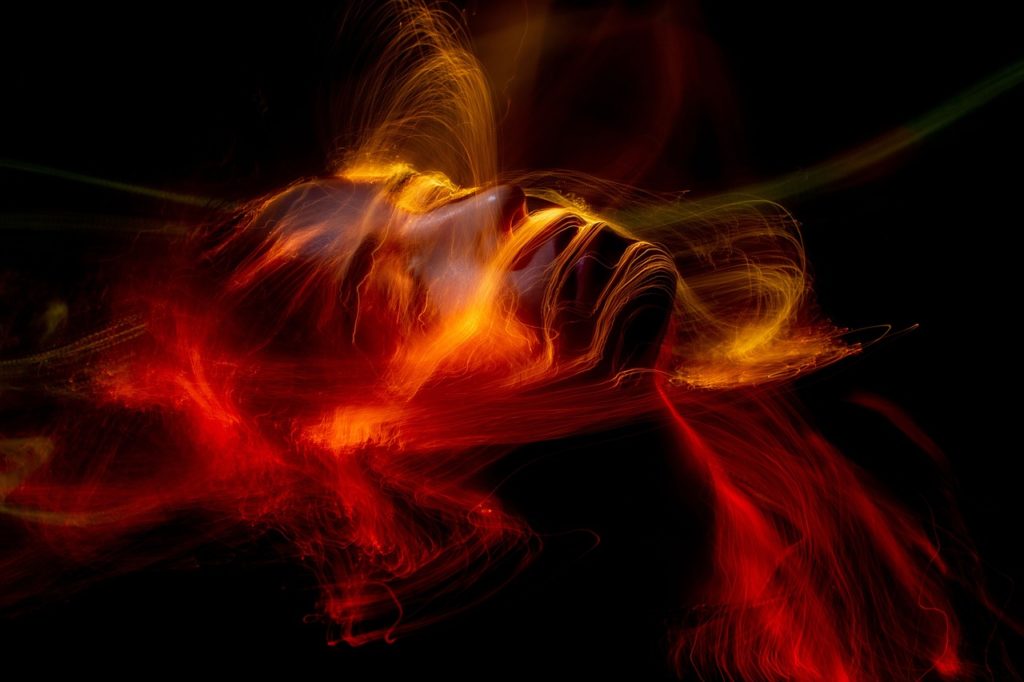This market research report was originally published at Yole Group’s website. It is reprinted here with the permission of Yole Group.
EEL: A $7.4 billion market opportunity in 2027 to create integrated photonics.
OUTLINE
-
The EEL market will be worth about US$7.4 billion in 2027.
-
Understanding application requirements and evaluating laser parameters are necessary to make the right investment decisions.
-
The EEL industry is highly fragmented and diversified: each application is addressed by a specific supply/value chain.

Since the development of lasers in the 1960s, they have been increasingly used in many applications. This has propelled the laser market to a trillion-dollar business. Nowadays, laser technologies are ubiquitous in many traditional as well as emerging applications. These span optical communications, material processing, displays, automotive lighting, medical dermatology, surgery, and 3D sensing in LiDAR.
To better understand the global EEL landscape in terms of laser technologies and applications, Yole Intelligence announces today a dedicated market and technology report: Edge Emitting Lasers – Technology and Market Trends 2022. This update reviews selected EEL market segments and their key applications with insights into the basic principles, typical lasers used, and their characteristics. Yole Intelligence, part of Yole Group, gives straightforward and valuable explanations of the technologies and different types of EELs. It also presents the complex EEL industrial landscape and the benefits of vertical integration. Finally, this 2022 edition provides detailed market forecasts from 2019 to 2027 for EEL devices.
The semiconductor laser landscape, and especially edge-emitting lasers, is highly fragmented. EELs are implemented in a wide variety of laser types, including diode lasers, fiber lasers, DPSSLs , and OPSLs . Traditional applications cover industrial, telecommunication, scientific, and consumer markets. There are also many niche applications, including for the military and aerospace markets and spectroscopic analysis for the life science market.

“We project that the EEL market will grow from US$3.5 billion in 2021 to US$7.4 billion in 2027 at a 13% CAGR 2021-2027. The growth continues to be driven by optical communication, such as optical modules and amplifiers for datacom and telecom, as well as 3D sensing applications.”
Martin Vallo, Ph.D.,
Senior Analyst, Photonics and Sensing Division, Yole Intelligence
EELs are complex photonic devices, and a variety of device designs have been developed. At Yole Intelligence, analysts explain:
- Chip: FP is the most common EEL design in current use. Other designs, such as DBRs , ECL , DFB , QCLs , and BALDs , have been developed to improve critical parameters that make them suitable for specific applications.
- Packaging: There is also a wide range of package types, including TO , pigtailed butterfly, C-mount, D-mount, high heat load, and direct chip on sub-mount, depending on the application.
In parallel, for integrators, many questions arise. What is the correct laser device for my application? Which parameters are most important? Laser technology is currently thought of as essentially an interaction of light and matter. Therefore, new applications are still emerging for sensing, material processing, and life sciences.
Applications define device specifications, and integrators must consider several technical parameters, including wavelength, power output, spectral resolution, light beam quality, and optical intensity. Understanding application requirements and evaluating laser parameters is, therefore, key to making the right investment decisions. This is even more important as EEL prices vary widely depending on design and technical parameters.

Yole Intelligence’s photonics team invites you to follow the laser technologies, related devices, applications, and markets on www.yolegroup.com.
Stay tuned!
Acronyms
- EEL : Edge-Emitting Laser
- LiDAR : Light Detection and Ranging
- DPSSL : Diode-Pumped Solid-State Lasers
- OPSL : Optically Pumped Semiconductor Lasers
- CAGR : Compound Annual Growth Rate
- FP : Fabry Perot
- DBR : Distributed Bragg Reflectors
- ECL : External Cavity Lasers
- DFB : Distributed Feedback
- QCL : Quantum Cascade Lasers
- BALD : Broad Area Laser Diodes
- TO : Transistor Outline


